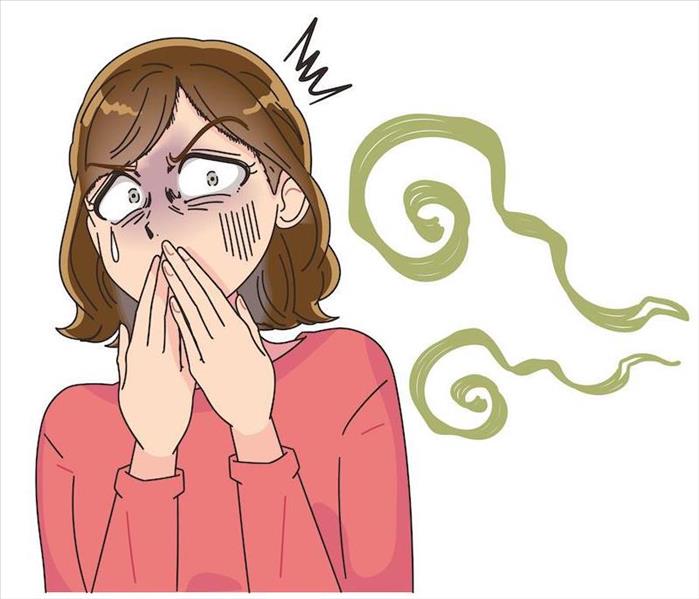Why Does My House Still Smell of Fire After Cleaning Soots and Smokes?
10/22/2020 (Permalink)
 SERVPRO professionals are trained to handle every level of fire damage, including the odors that follow. Call us today, we are always available.
SERVPRO professionals are trained to handle every level of fire damage, including the odors that follow. Call us today, we are always available.
Getting Rid of Soots and Smokes May Require Professional Fire Damage Restoration Services. SERVPRO is Based in Gaithersburg with Expertly Trained Fire Technicians.
What causes the blackening of walls during a fire?
A house fire in your Gaithersburg residence could lead to soot and smoke residues sticking on walls and ceilings. The chemicals that combusting materials produce can adhere to surfaces and bond with them on a molecular level. These residues appear as thick black soiling on covers, which can be incredibly tough to remove. Sometimes, smoke residues can travel far beyond the initial fire location, leading to light or moderate odor-causing residues that are virtually invisible to the naked eye. SERVPRO technicians undergo extensive training to trace smoke throughout a property and ensure that soilings are cleaned appropriately.
What influences smoke deposits in a burnt property?
- The temperature of the ashes or soots is produced by combusting materials and traveling in smoke.
- The relative temperature of the surfaces that hot smokes contact with cold surfaces typically attracting hot smokes
- The amount of pressure created by the changes in temperature which can drive soots into surfaces.
How does convection affect fire damages?
A key component of fire damage restoration for Gaithersburg residents is convection. Convection refers to the transference of air- with hot air rising and cold air pushing downwards. These convection currents can lead to continuing damage after a fire is extinguished. It is vital to open windows or use vent boxing fans to establish substantial property ventilation and mitigate against losses. A property with poor ventilation can often have fire odors throughout the house even after a low-level kitchen fire.
What are the different types of smoke?
- Driven smoke may refer to smoke damages that occur from a high-pressure fire quite literally driving smoke into wall or ceiling surfaces
- Free-floating smoke is gases from smoke that lose their temperature and float through a building until gravity pulls them down onto surfaces.
- Temperature differentials between smokes and surfaces can result in more massive smoke deposits on colder surfaces like windows or draperies' backing.
Understanding how smoke moves through a building can help to ensure an active restoration. Contact SERVPRO of Gaithersburg / Germantown at (301) 963-8474.






 24/7 Emergency Service
24/7 Emergency Service